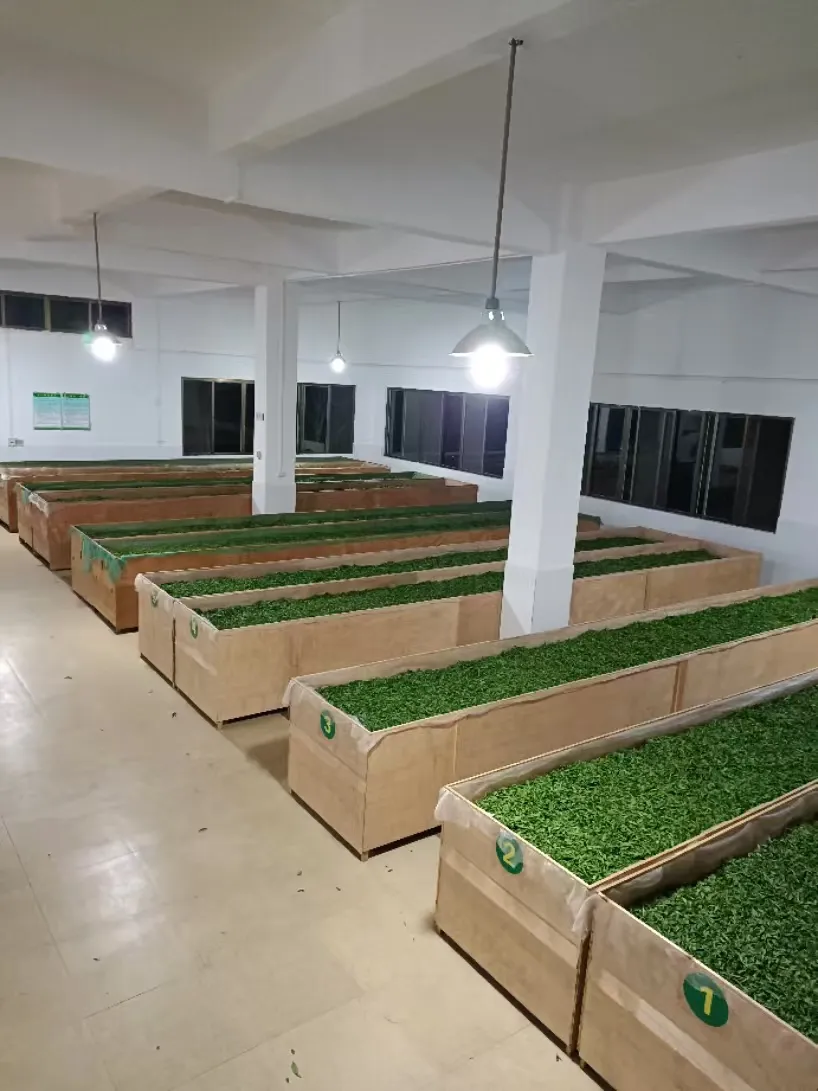-
 Afrikaans
Afrikaans -
 Albanian
Albanian -
 Amharic
Amharic -
 Arabic
Arabic -
 Armenian
Armenian -
 Azerbaijani
Azerbaijani -
 Basque
Basque -
 Belarusian
Belarusian -
 Bengali
Bengali -
 Bosnian
Bosnian -
 Bulgarian
Bulgarian -
 Catalan
Catalan -
 Cebuano
Cebuano -
 China
China -
 Corsican
Corsican -
 Croatian
Croatian -
 Czech
Czech -
 Danish
Danish -
 Dutch
Dutch -
 English
English -
 Esperanto
Esperanto -
 Estonian
Estonian -
 Finnish
Finnish -
 French
French -
 Frisian
Frisian -
 Galician
Galician -
 Georgian
Georgian -
 German
German -
 Greek
Greek -
 Gujarati
Gujarati -
 Haitian Creole
Haitian Creole -
 hausa
hausa -
 hawaiian
hawaiian -
 Hebrew
Hebrew -
 Hindi
Hindi -
 Miao
Miao -
 Hungarian
Hungarian -
 Icelandic
Icelandic -
 igbo
igbo -
 Indonesian
Indonesian -
 irish
irish -
 Italian
Italian -
 Japanese
Japanese -
 Javanese
Javanese -
 Kannada
Kannada -
 kazakh
kazakh -
 Khmer
Khmer -
 Rwandese
Rwandese -
 Korean
Korean -
 Kurdish
Kurdish -
 Kyrgyz
Kyrgyz -
 Lao
Lao -
 Latin
Latin -
 Latvian
Latvian -
 Lithuanian
Lithuanian -
 Luxembourgish
Luxembourgish -
 Macedonian
Macedonian -
 Malgashi
Malgashi -
 Malay
Malay -
 Malayalam
Malayalam -
 Maltese
Maltese -
 Maori
Maori -
 Marathi
Marathi -
 Mongolian
Mongolian -
 Myanmar
Myanmar -
 Nepali
Nepali -
 Norwegian
Norwegian -
 Norwegian
Norwegian -
 Occitan
Occitan -
 Pashto
Pashto -
 Persian
Persian -
 Polish
Polish -
 Portuguese
Portuguese -
 Punjabi
Punjabi -
 Romanian
Romanian -
 Russian
Russian -
 Samoan
Samoan -
 Scottish Gaelic
Scottish Gaelic -
 Serbian
Serbian -
 Sesotho
Sesotho -
 Shona
Shona -
 Sindhi
Sindhi -
 Sinhala
Sinhala -
 Slovak
Slovak -
 Slovenian
Slovenian -
 Somali
Somali -
 Spanish
Spanish -
 Sundanese
Sundanese -
 Swahili
Swahili -
 Swedish
Swedish -
 Tagalog
Tagalog -
 Tajik
Tajik -
 Tamil
Tamil -
 Tatar
Tatar -
 Telugu
Telugu -
 Thai
Thai -
 Turkish
Turkish -
 Turkmen
Turkmen -
 Ukrainian
Ukrainian -
 Urdu
Urdu -
 Uighur
Uighur -
 Uzbek
Uzbek -
 Vietnamese
Vietnamese -
 Welsh
Welsh -
 Bantu
Bantu -
 Yiddish
Yiddish -
 Yoruba
Yoruba -
 Zulu
Zulu
Effective Solutions for Bird Protection with Aviary Netting Systems
The Importance of Aviary Netting in Bird Conservation and Protection
Aviary netting is an essential component in the field of bird conservation and protection, playing a critical role in safeguarding various species of birds from numerous threats. As human activities encroach upon natural habitats, the necessity for protective measures, such as aviary netting, has become increasingly prominent. This article delves into the importance, applications, and benefits of aviary netting, highlighting its role in preserving avian populations and ecosystems.
Understanding Aviary Netting
Aviary netting consists of fine mesh material designed to create a barrier that protects birds from potential dangers while allowing for natural behaviors. This specialized netting can vary in size, material, and tensile strength, depending on its intended use. Whether for rehabilitation, breeding, or recreational purposes, aviary netting provides a secure environment for birds to thrive.
Applications of Aviary Netting
One of the primary applications of aviary netting is in rehabilitation centers and sanctuaries. Injured or orphaned birds often require a safe space to recover before re-entering the wild. Aviary netting allows caregivers to create an environment that mimics natural habitats while ensuring that birds cannot escape prematurely or come into contact with other predatory animals. This controlled setting supports the birds’ physical recovery and their reintegration into nature.
Aviary netting is also widely used in breeding programs, particularly for endangered species
. Many conservation programs aim to increase the population of threatened birds by facilitating successful breeding in captivity. The netting serves to protect the parents and their chicks from outside threats, such as predators or harsh weather conditions. In this context, aviary netting plays a pivotal role in promoting genetic diversity and ensuring the survival of species facing extinction.aviary netting

Beyond rehabilitation and breeding, aviary netting is employed in gardens and parks, where it serves dual purposes of conservation and display. These netted areas allow enthusiasts and the general public to enjoy observing birds up close while ensuring the birds remain free from external dangers. This educational aspect raises awareness about the importance of bird conservation and allows for greater appreciation of avian species.
Benefits of Aviary Netting
The benefits of using aviary netting extend beyond immediate protection. One of the leading advantages is the reduction in the risk of disease transmission among birds. By creating a barrier, the netting prevents contact between wild birds and captive ones, thereby minimizing the spread of pathogens that can have devastating effects on bird populations.
Moreover, aviary netting also supports research initiatives. Ornithologists and conservationists often require observation without interference, and netted spaces offer a perfect solution. Researchers can study natural behaviors, breeding patterns, and social interactions in a controlled environment, contributing valuable data to the field of ornithology.
Finally, aviary netting promotes biodiversity. By protecting various bird species, it indirectly contributes to the health of entire ecosystems. Birds play crucial roles as pollinators, seed dispersers, and pest controllers. Ensuring their survival through protective netting can have cascading positive effects on flora and fauna, leading to healthier and more balanced ecosystems.
Conclusion
In summary, aviary netting is a vital tool in bird conservation efforts. Its applications span rehabilitation, breeding, and public education, proving to be indispensable for both the protection of bird species and the enhancement of biodiversity. As we face unprecedented challenges impacting wildlife, the integration of innovative solutions like aviary netting will be crucial in our ongoing quest to understand, protect, and cherish the avian wonders that grace our planet. Through concerted efforts and a commitment to conservation, we can ensure that future generations will continue to marvel at the sights and sounds of birds in their natural habitats.
-
Why Nylon Mesh Netting is Revolutionizing Industrial and Commercial ApplicationsNewsJun.13,2025
-
Reinventing Reliability with Construction Wire MeshNewsJun.13,2025
-
Protect Your Crops with High-Performance Agricultural Netting SolutionsNewsJun.13,2025
-
Premium Breeding Net Solutions for Modern AquariumsNewsJun.13,2025
-
Precision Filtration Solutions for Industrial and Commercial NeedsNewsJun.13,2025
-
Advanced Industrial Mesh Solutions for Every ApplicationNewsJun.13,2025











